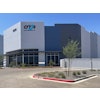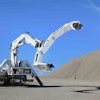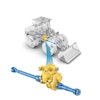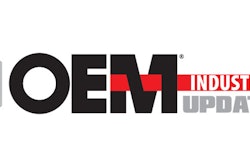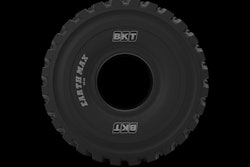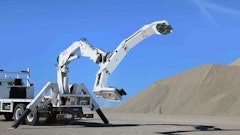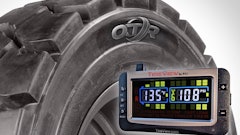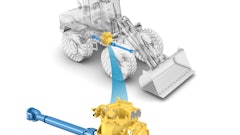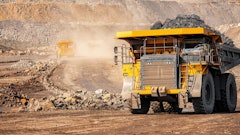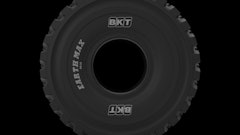
NIRA Dynamics' Tread Wear Indicator (TWI) delivers real-time monitoring of tire wear, providing drivers and fleet operators with critical insights into tire health. As the automotive industry shifts from traditional service intervals to continuous, data-driven monitoring, tire health is emerging as a top maintenance priority. Tire wear directly impacts vehicle safety, fuel efficiency, and environmental sustainability, and NIRA’s TWI is designed to address these issues head-on.
“Our mission with TWI is to bring a new level of reliability and ease to tire monitoring,” said Josefin Storm, product manager TWI of NIRA Dynamics in a press release. “As the industry moves toward greener, more sustainable solutions, TWI is here to support that journey. It not only ensures safer driving for individuals but also offers fleet operators a cost-effective way to maintain their vehicles efficiently.”
Enhanced safety for drivers and fleets
Low tread depth can increase braking distances and compromise handling, especially on wet or icy roads. By continuously monitoring tread wear, TWI provides early warnings that enable drivers to replace tires before they reach a critical level of wear. For fleet operators, TWI’s insights allow for better planning, avoiding unexpected tire replacements and ensuring fleet vehicles are safe and roadworthy.
Sustainability through data-driven decisions
With TWI, tires can be replaced when necessary, reducing waste, lowering particle emissions, and supporting greener driving practices. This data-driven approach to tire maintenance is particularly impactful in fleet management, where optimizing tire usage can lead to significant environmental benefits.
Unlike other tire monitoring systems that require expensive hardware, TWI operates on the existing sensors in the vehicle. This means, low cost and low or no maintenance is needed, preventing downtime.
Through close collaboration with industry partners and original equipment manufacturers (OEMs), NIRA Dynamics aims to make TWI a standard for tire health monitoring, meeting the needs of an evolving automotive landscape.
